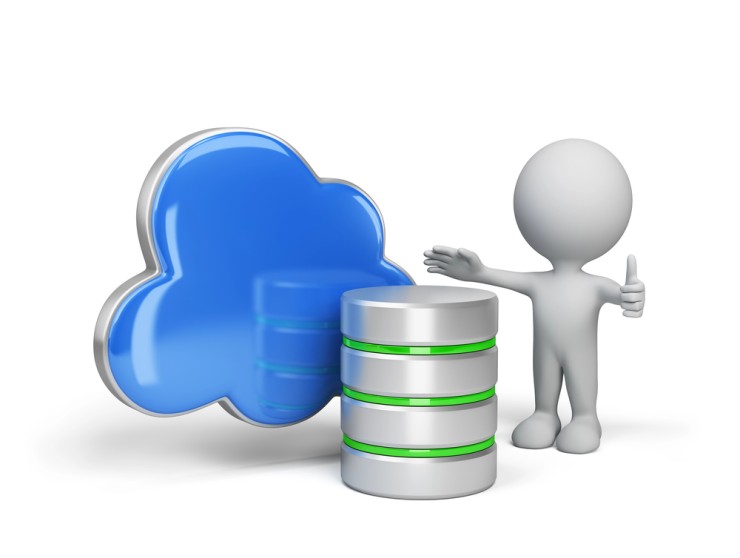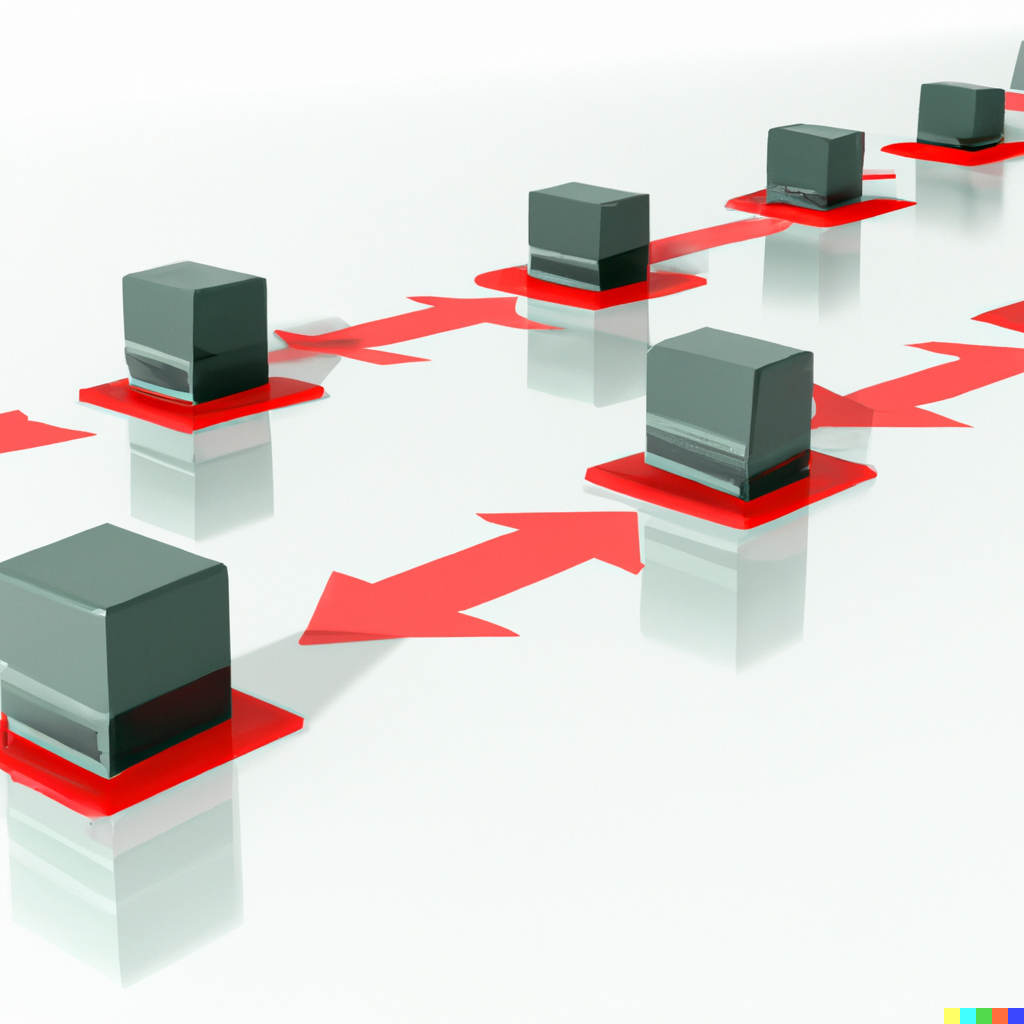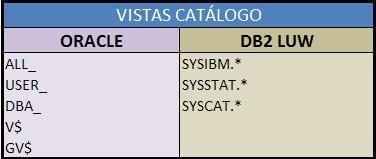TOP 10 Software or Enterprise Data Platform: Dataprix Classification

La capacidad de gestionar y analizar grandes volúmenes de datos es esencial para la competitividad de cualquier empresa. El software de base de datos y las plataformas de datos proporcionan el soporte necesario para integrar, almacenar y procesar información de manera ágil y segura.
En Dataprix hemos elaborado nuestro TOP 10 de software o plataforma de datos, una clasificación que reúne las soluciones más destacadas del mercado en términos de rendimiento, escalabilidad, seguridad e integración. Descubre las 10 herramientas que están transformando la gestión de datos en las empresas.






